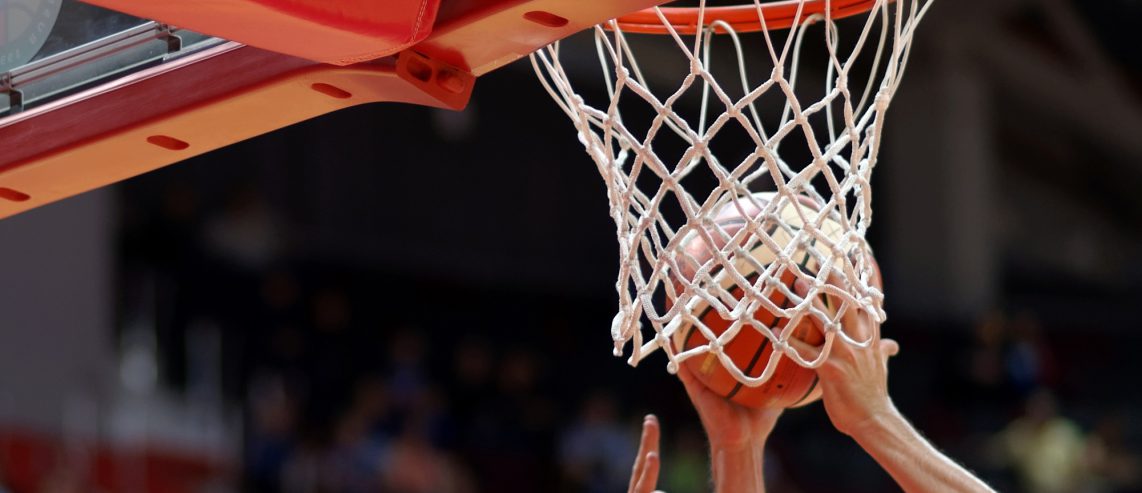At one time or another, we all will injure one of our fingers. Whether it’s a paper cut, a broken thumb, or something else, the frequency with which we rely on our fingers and hands for everyday tasks makes us more likely to sustain an injury.
Here are some common finger injuries, how they’re treated, and when to seek professional medical help.
Never Miss a Beat!
Subscribe to Our HealthBeat Newsletter!
Thank you for subscribing!
You can now select the specific newsletters you'd like to receive.
You are already subscribed.
Subscribe to more newsletters in our email preference center.
Sorry, an error occurred. Please try again later.
Get Healthy Tips Sent to Your Phone!
What Are Common Causes of Finger Injuries?
Finger injuries are common among athletes and people with hands-on jobs, such as those working with heavy machinery or sharp tools.
People who play contact sports, such as football, basketball, and volleyball; high-speed sports, such as skating; and weight-bearing sports, such as gymnastics, are at an elevated risk of sustaining a finger injury.
Other times, household accidents during landscaping, cooking, or a sudden fall can lead to finger injuries.
While many finger injuries can be treated at home, more severe cases, such as fractures, dislocations, and sprains, often will require medical attention to ensure there’s no permanent loss of function or deformity. In some cases, you may even need surgery to repair damage and restore function.
It’s important to slow down, be present, and wear proper protective equipment when engaging in high-risk activities to prevent injury.
Common Finger Injuries and Symptoms
Symptoms of finger injuries vary depending on their severity and cause, but they rarely go unnoticed. Common finger injuries and their symptoms include:
- Ligament damage — If a finger’s soft tissue is overstretched or bent unnaturally with force, it may become swollen and bruised before becoming hard to move. Other symptoms are stiffness, pain, and weakness.
- Tendon injuries — This type of injury commonly occurs from a bad cut on the side of the finger. Those with a tendon injury may experience painful or swollen finger joints, trouble bending the finger, or numbness.
- Joint sprains — If a finger’s soft tissue is significantly torn or stretched, it’s not uncommon to sustain a sprain in the connective joints. Symptoms will vary by the injury’s severity. General symptoms are pain, swelling, limited mobility, and bruising.
- Dislocations — This occurs when the finger’s bones are moved, or dislocated, from their usual position. Symptoms include a finger joint that looks crooked or misshapen, a dislodged bone, swelling, bruising, pain, and lack of finger mobility.
- Fractures — A partial or total break of a finger’s bone. This may happen during accidental falls, slams, high-contact sports, or work accidents. Common symptoms of a finger fracture include pain, swelling, tenderness, bruising, loss of mobility, and deformity of the finger.
Finger Injury Treatment
Treatment for a finger injury may include first aid, medicine, bracing, splinting, and casting. In some cases, physical therapy and surgery may be needed.
For minor injuries that do not require immediate medical attention, such as a sore or bruised finger, there are a number of ways to reduce pain, swelling, and stiffness. These include:
- Removing all jewelry.
- Resting and elevating the finger for at least the first 24 hours after injury.
- Using a cold compress for 10 to 20 minutes a few times a day.
- Compressing the area gently with an elastic bandage or using a splint. If you need to use a wrap or splint for more than 48 hours, you may have a more serious injury that needs to be checked by a doctor.
- Avoiding activities that might increase swelling, such as hot showers, hot tubs, hot packs, and alcoholic beverages.
- Avoiding smoking and the use of other tobacco products as smoking decreases blood supply and delays tissue repair.
- After 48 to 72 hours, if swelling is gone, start to gently exercise with the aid of moist heat to help restore flexibility.
If you think you have a more serious injury, such as a sprained or broken finger, seek medical attention and apply first-aid home remedies at the recommendation of your doctor. If a bone is sticking out of the skin, don’t try to push it back into the skin. Cover the area with a clean bandage.
Your doctor may order an x-ray of the injury site to assess damage, and could then suggest treatment, including a splint, cast, or “buddy taping,” which involves taping one finger to another to keep it from moving. Your doctor also may recommend:
- Resting and taking a break from any activity that may slow healing or cause pain.
- Using ice to reduce pain and swelling.
- Elevating the injured area.
- Taking over-the-counter medications to manage pain.
- Avoiding activities that might increase swelling, such as hot showers, hot tubs, hot packs, and alcoholic beverages.
- Avoiding smoking.
To make an appointment or learn more about finger and hand injuries, contact UPMC Sports Medicine at 1-855-937-7678.
About Sports Medicine
An athletic lifestyle carries the potential for injury. Whether you’re an elite athlete or a weekend warrior, UPMC Sports Medicine can help. If you are looking to prevent, treat, or rehabilitate a sports injury, our multidisciplinary team of experts can help you get back into the game. If you are seeking to improve your athletic performance, we can work with you to meet your goals. We serve athletes and active people of all ages and experience levels. Our goal is to help you keep doing what you love. Visit our website to find a specialist near you.
